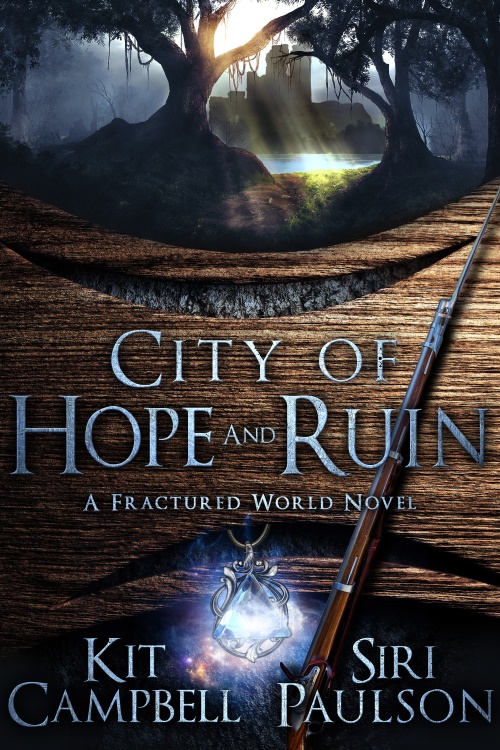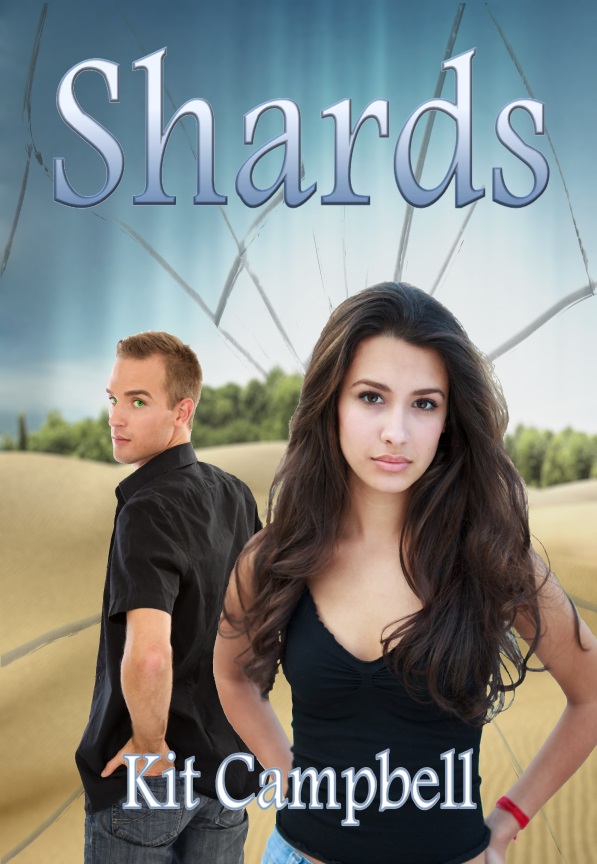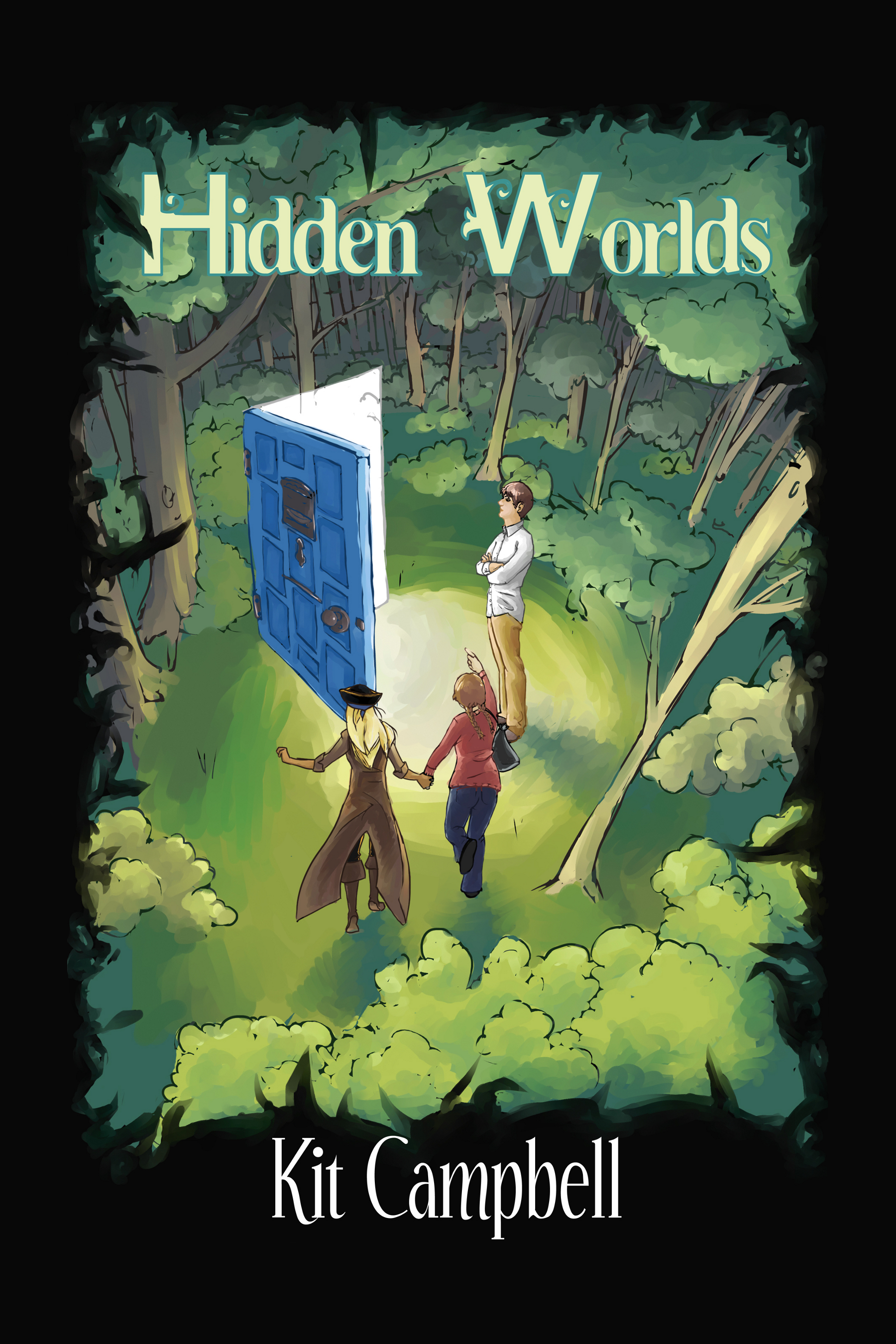Happy Thursday, squiders! I’m doing #SFFPit over on Twitter today, so if you follow me there I apologize for the amount of pitch tweets you may or may not be seeing.
Before we get going, I just want to talk briefly about filtering. This is something I didn’t know about, or least didn’t have a name for, until earlier this year. Someone read my first chapter for me and pointed out a couple of instances. Just to show you that there are always new things to learn.
Anyway, on to it!
First off, to review, your point of view is, according to Google’s dictionary, “the narrator’s position in relation to the story being told.” In almost all cases, this will be either first or third person.
If you get confused, I like to compare it to Close Encounters of the Third Kind. The “person” in this case refers to how close the reader is to the narrator. In a first person narrative, the reader is directly in the narrator’s head. First person point of views are characterized by using “I,” “me,” and associated words when referring to the character.
Example: I realized that, once again, I was cutting my blog writing close. I would need to leave soon or I would be late.
Third person is more distant, and the character is referred to by their name and the appropriate “he,” “she,” “it,” etc. words.
Example: Kit realized that, once again, she was cutting her blog writing close. She would need to leave soon or she would be late.
Third can be further broken down into limited and omniscient viewpoints. With third person limited you’re in a single character’s head at a time, going along with them, hearing their thoughts and experiencing their feelings. It’s similar to first person, but a step away. Third person omniscient is like you’re in a hot air balloon looking down on what’s happening. You can see what a bunch of people are doing at once. Some people also make a distinction between omniscient and what can be called third person objective. In an omniscient point of view, like a god, the narrator knows what everybody is thinking or feeling. In an objective, they don’t.
Understanding and sticking with your chosen point of view can be hugely helpful in solving a ton of issues.
(NOTE: Second person is rarely used, but you may see it occasionally. In second person, the narrator is talking to “you.” Example: You are reading this blog post. You may or may not realize that this post is late.)
Issue #1: Not sticking with your point of view
It is surprisingly easy to slip out of your chosen point of view. Your character can suddenly know something they shouldn’t, for example.
Perhaps the easiest and most common way people slip out of their point of view is by “head-hopping.” This is where you jump from your viewpoint character’s head into another character’s head. In an omniscient third viewpoint, you can get away with this (provided you are using omniscient properly), but in every other viewpoint it is jarring.
Example: Jane bit her lip, watching Jared walk away. God, how she hated to watch him leave, despite the great view. How could he leave her like this?
Jared looked back over his shoulder. Jane looked like she might cry.
Do you see the point of view slip? It’s a bit subtle. We’re in Jane’s head, hearing her thoughts, her feelings. We see what she sees.
Can you see what you look like? No. That’s Jared’s point of view.
NOTE: You can use more than one point of view in a book. Just stick with one at a time. Using our above example (and, indeed, many romances are structured this way), you could do one chapter from Jane’s point of view, the next from Jared’s, etc.
Issue #2: Choosing the wrong point of view
In most cases, it’s pretty instinctual what point of view will work best, based on the story you’re trying to tell, your genre conventions, how many characters have viewpoints, etc. But it is possible to choose the wrong one, and it basically boils down to your chosen viewpoint not having–and not being able to get–information necessary to the completion of the plot.
Sometimes the character you pick initially just isn’t the right person to tell the story.
That’s not to say that there aren’t published books out there that do this (if you try hard enough, you can find most of these common mistakes published somewhere), but the story tends to be unsatisfying, sometimes in a way that a reader can’t put their finger on.
A way that authors get around this with varying degrees of success is to include one or more chapters from a side character to provide the information.
Issue #3: Too many viewpoints
This one is highly subjective and depends on the genre as well. In a romance, you’re going to want one or two viewpoints. In a thriller, you can have one off chapters from any number of unimportant characters that never have viewpoints again.
The issue tends to be the most apparent when you have several viewpoints that are all vying to be important in some manner. Important viewpoint characters need to be important to the plot, which means you need to check in with them fairly regularly, they have to be advancing the plot or a subplot every time they show up, they have to be interesting, they might need a character arc, etc.
If you have two characters, this isn’t bad. Three? Sure. Some people can manage five or even seven. But eventually, there’s too much going on, too much to keep track of, too much, too much, too much. A lot of times those characters can be cut or combined to make a tighter, more enjoyable read.
Other viewpoint issues, squiders? We’ll talk about filtering in part 2 next week.



